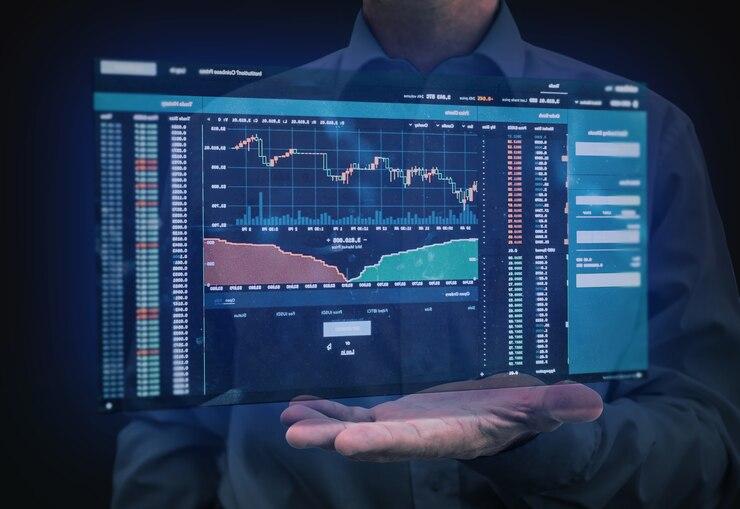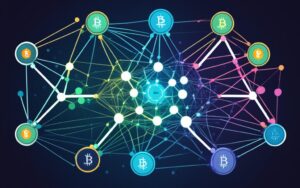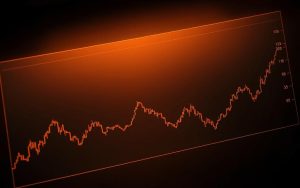Table of Contents
Artificial intelligence is increasingly spreading to more industries, and the fintech industry is no exception. Today, financial services providers and consumers use a growing list of tools to track finances, perform financial tasks, and invest in financial markets.
The Growing Role of AI in Trading
AI is transforming how traders make decisions and trade financial markets. In forex trading, for instance, with millions of data points, AI can perform historical analysis much faster than humans with greater accuracy. As a result, brokers and traders are taking closer looks at AI-driven tools to enhance the trading process and make the industry better for everyone.
Machine learning, sentiment analysis, and complex algorithmic predictions are the key features enabling the efficiency of AI tools. They can identify patterns faster and understand prevailing market sentiments to aid trading decisions. Machine learning uses statistical models and algorithms to optimise computer performance on specific tasks through data learning and adaptation.
Understanding AI, its impact, and its applications is essential for the modern trader as dynamic technologies continue to impact trading and real-world events that influence markets. Here is how AI algorithms can enhance your online trading experience and results.
Automate Trading Strategies
Trading strategies are defined rules and conditions that traders use to pick their trades; each strategy is well-planned and targets an area of interest. For example, swing traders may target higher or lower price limits (resistance and support) on higher time frames while ignoring the price movements on lower time frames, which scalpers typically focus on.
Traders often manually draw lines and patterns to catch trades when executing strategies. However, with AI, it is easy for traders to define a set of rules and conditions for executing trades and then set the AI trading assistant to work with the rules. Automation brings the luxury of more time and conserved resources to perform other important trading and non-trading tasks.
Personalised Trading Strategies
The potential for AI to help traders by creating personalised strategies may be futuristic, but it is not far-fetched, given the current rate of development. AI relies on machine learning to identify repeated patterns, actions, and preferences, much like music, home, virtual, and car assistants do.
Bringing this to trading, AI assistants can analyse traders’ personalities, daily schedules, trading styles, and preferences to create a personalised strategy that fits them. Although all parameters are subject to the trader’s preferences, an AI assistant can help traders find their unique edge and maximise trading profits.
Real-Time Analysis and Predictive Analytics
AI can also enhance trading algorithms through real-time market data analysis and predictive analysis. Analysing large data sets as they come up may overwhelm the human trader, but robot traders can easily cope with such events and make quick decisions in response to market changes.
But beyond charts and indicators, AI can also perform predictive analysis using deep learning, natural language processing (NLP), computer vision, and reinforcement learning. Predictive analysis and modelling can forecast economic situations based on variable inputs, showing traders what could happen when various events occur. For instance, AI can predict the impact of interest rate decisions or lower employment figures on exchange rates.
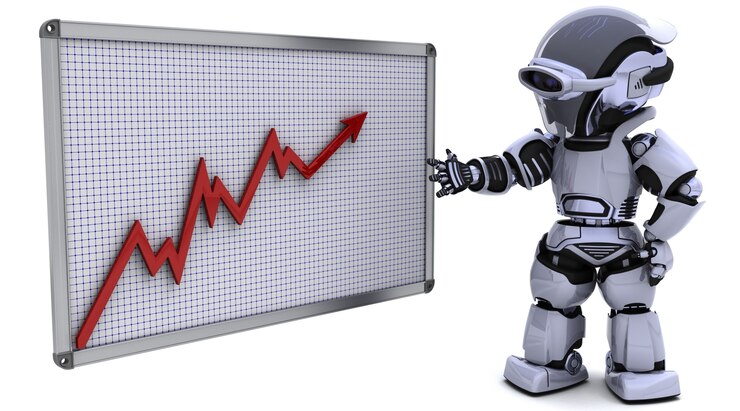
Execute Trades Faster
Speed is crucial in trading and can be the difference between drawdown and profitability and making little or massive profits. With regular practice, human traders can achieve a speed that allows them to place trades quickly and take advantage of small price changes. AI-powered trading algorithms, however, are much more efficient for such tasks.
They can analyse charts and execute a trade in milliseconds — faster than humans can react. This is especially useful for high-frequency trading and scalping, which rely on catching quick price changes, buying and selling assets nearly instantly, and with higher volumes than regular traders.
Continuous Learning and Adaptability
The best traders continuously backtest their strategies and learn more about financial markets and trading to improve their returns. Once again, AI offers an enhanced way. The characteristic feature of analysing large data sets makes AI tools excellent for backtesting strategies over historical data from multiple sources and markets.
When combined with predictive modelling, traders can backtest their strategies while variating marketing conditions. The result is expansive insights into the performance of their strategies and the potential for adapting them. As the trading algorithms backtest strategies and learn from results, they become more precise and accurate with price analysis and predictions.
24/7 Availability
Finally, AI-powered algorithms can be available 24/7 when connected to the internet. Whereas human traders need rest or time off for other activities, this disruptive technology ensures traders can make profits around the clock (under favourable market conditions).
For instance, the forex market is open five days a week and has overlapping trading sessions (Tokyo, London, New York, and Sydney). With AI, traders can catch trades that fit their criteria without staying up for sessions outside their time zones and profit from preset instructions. AI algorithms can also help people limited by geopolitical factors to explore financial trading through virtual private servers (VPS), which allow remote trade with low latency and fewer challenges.
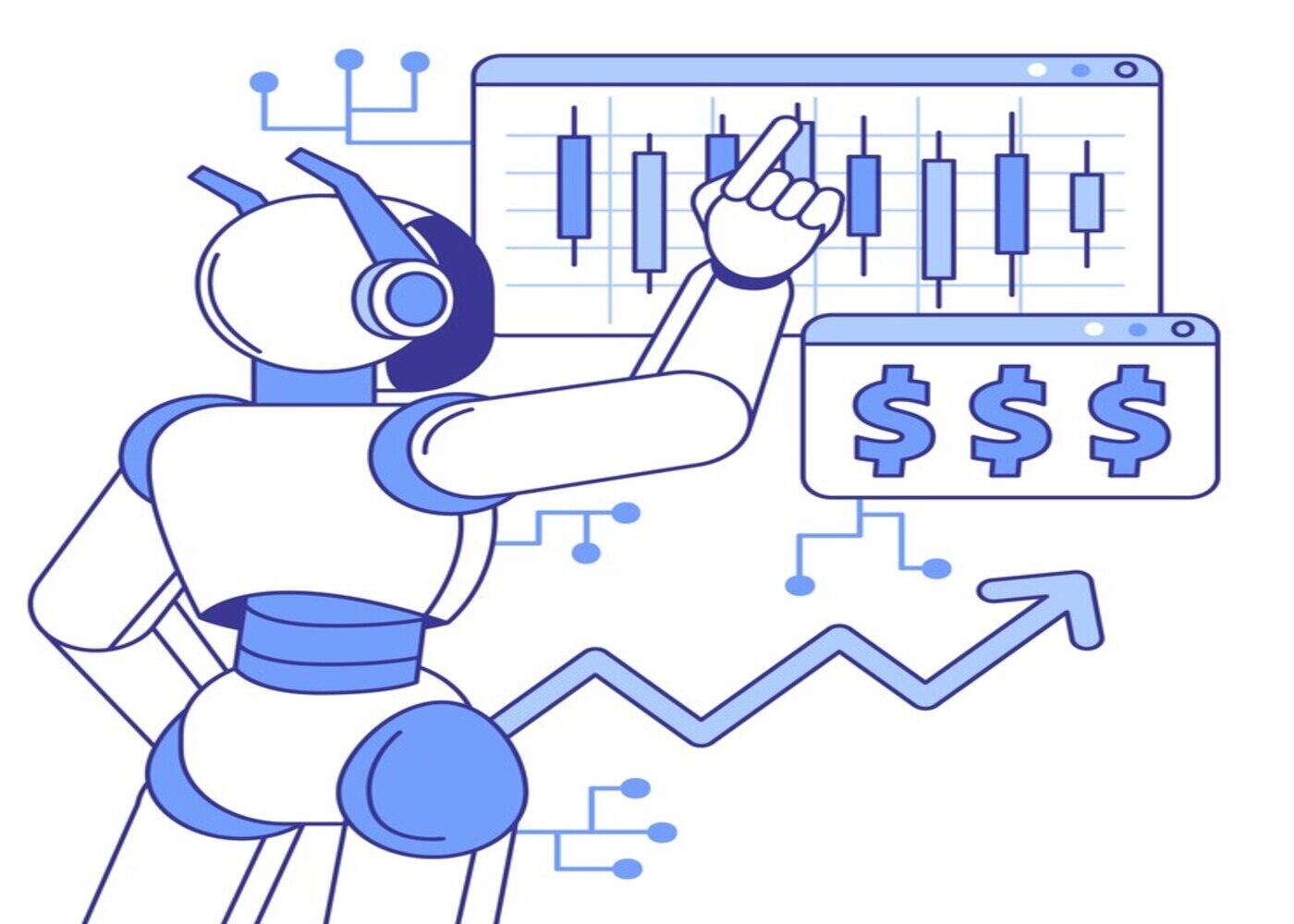
Challenges With Adopting AI for Trading
Although AI trading is still nascent, the growing enthusiasm in the financial market is massive. However, a few challenges must be solved to get the most out of AI-driven trading algorithms.
- Ethical Concerns: Experts are concerned about the potential to use AI unfairly, manipulate markets, and generally disrupt the financial sector’s stability at large.
- Regulatory Policies: Governments worldwide are concerned about the potential of AI systems and tools; we expect some form of regulatory framework for AI in the future. These may limit AI’s functionalities, especially in trading financial markets.
- Potentials for Bias: AI tools inherit data and learn from them; they can develop algorithmic bias and become underfitting or overfitting. This could lead to inaccurate analysis and poor trading decisions/recommendations.
- Data Dependency: Financial market data vary slightly from one platform to another; this could influence how AI tools execute trades. It is best to analyse data from reliable sources and confirm the degree of variance before deploying AI trading algorithms.
- Over-reliance on Automation: AI helps humans make processes efficient, reduce costs, and enhance profitability. However, over-reliance on AI could prove costly without regular human oversight.
Supercharge Your Trading Experience With AI
Speed, availability, and efficiency are the main advantages that AI brings to trading. Think of AI-powered algorithms as supercharged robots capable of analysing large data sets, identifying and learning from patterns, executing trades based on preset instructions, and risk management to maximise profits. Although brokers are gradually adopting AI for their products and services, you can explore tested third-party AI tools to enhance your online trading experience.


